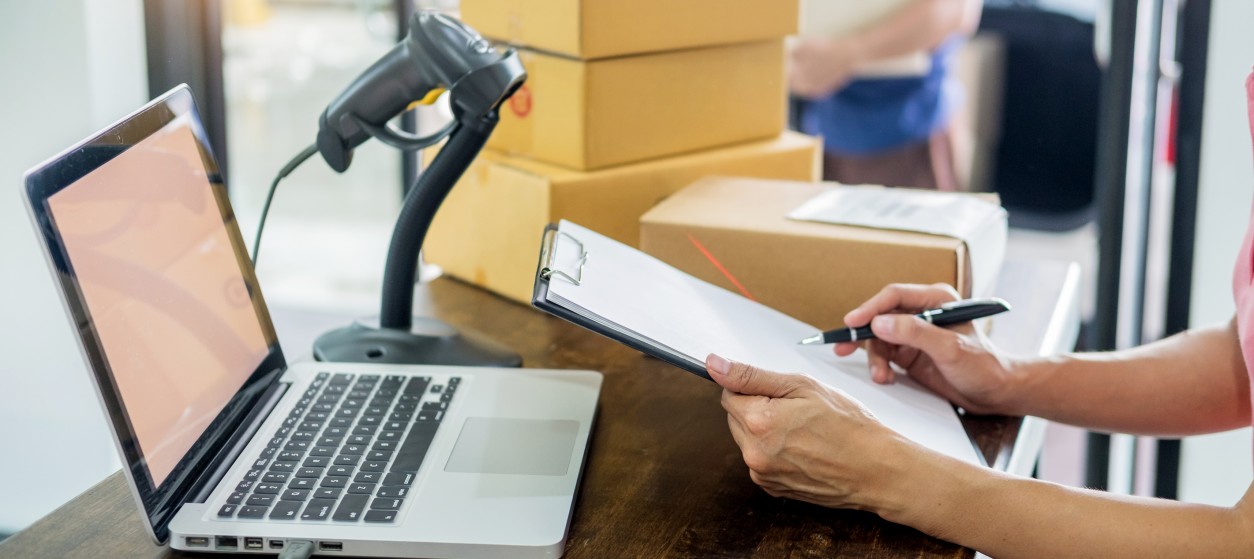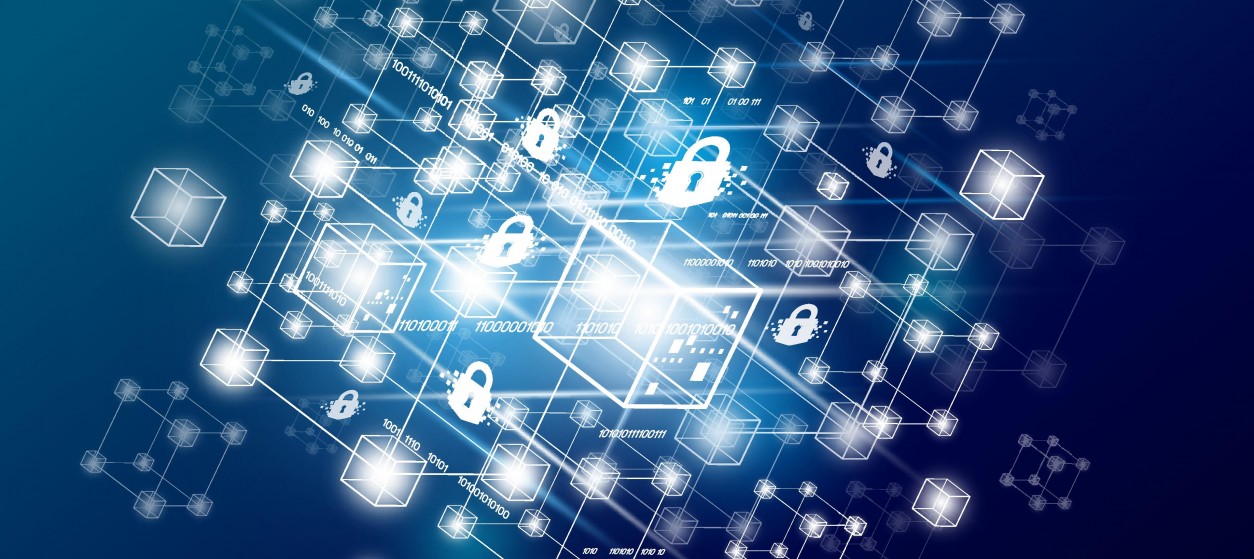Nowadays, many data sources are inherent unreliable, which makes it difficult for individuals, organizations and even industries to determine the origin of different types of data. This is, for example, the case with data stemming from sensor sources that tend to be susceptible to noise and environmental interference. Furthermore, it is very common for malicious parties to alter data without being noticed as part of cybersecurity attacks such as data breaches. In this context, data provenance and traceability becomes a key to safeguarding data integrity and validity, and to avoiding the consequences of data breaches. Knowing the origin of the data and tracking modifications to it, is essential to implementing effective privacy and data protection mechanisms for industrial data.
Conventional centralized databases and associated data management mechanisms are commonly used to track and trace the lifecycle of data assets. Nevertheless, it is also possible to implement a decentralized approach to data provenance and traceability, leveraging distributed ledger infrastructures that are known as “blockchains”. In fact, the traceability of data assets is one of the most prominent use cases of blockchain technology.
A blockchain is a type of distributed database infrastructure that can be used for decentralized and encrypted data storage. Information in a blockchain exists as “blocks” that hold data transactions. Each block of a blockchain is linked to the preceding block, which allows blocks to form a linear chain. One of the main characteristics of a blockchain infrastructure is that it is tamper proof thanks to the use of hashing, cryptography and digital signatures. Specifically, it is impossible to change even a single bit of a block without yielding the blockchain inconsistent, which leads the nodes of a blockchain to deny any data tampering attempt. This is because that any change in the blockchain state requires majority consensus across all blockchain nodes, which makes any tampering attempt extremely difficult. This is one of the reasons why blockchains are commonly used to support the provenance of data assets.
Understanding Data Provenance on a Blockchain
In simple terms data provenance is the traceability of data from their creation to their use. It allows one to know where the data came from, who accessed it and how it has been used. As already outlined, blockchain technology provides opportunities for building decentralized systems of data provenance and traceability. By writing the source data in a blockchain, the distributed ledger keeps track of a single “sealed” version of the truth. Applications can then consult it to ensure that the data has not been tampered with, while users can verify their authenticity using cryptographic signatures. A main challenge with this approach is to prove that a given block contains valid information without revealing its content. This is achieved using zero-knowledge proofs. The latter are mathematical constructs that allow one node to prove something about another node’s knowledge without revealing anything about it.
Let’s take a deeper look at how blockchain technology can be used to solve the problem of data tampering. To find out if an application has been tampered with or changed, a decentralized application can use a blockchain-based recordkeeping system (e.g., Chainpoint). The latter creates hashes or digital fingerprints known as “anchors” for any piece of data that should be tracked. Anchors are stored on multiple computing nodes as part of a decentralized network of computers running blockchain software. This means that even if one node is compromised, there are still multiple other copies of the hash on hundreds of other computers around the world. In addition to storing hashes, the blockchain system keeps track of which anchors were created. This makes it possible to detect changes over time by comparing them against each other and ensuring that they still match up perfectly after being compared with other blocks of the blockchain system.
Blockchain Benefits for data traceability
One may argue that the complexity of a blockchain is a good reason to use a conventional centralized database instead. Nevertheless, the complexity of the blockchain system comes with the following benefits:
- Tamper-proof properties: Blockchains provide anti-tampering properties: What is written in the blockchain cannot be changed. Unauthorized changes made to any data stored on the blockchain will result in the entire network knowing about it and rejecting those changes immediately. This means that once something is recorded onto the blockchain, it cannot be altered.
- Resilience: Blockchain do not exhibit any single point of failure. Their decentralized nature makes them resilient against attacks or failures of individual nodes or other components within that network. If one node goes down or is compromised, it will not affect the entire network because its functions are distributed across multiple nodes. Likewise, the decentralized architecture of a blockchain system reduces its vulnerability to cyber-attacks such as distributed denial of service (DDoS) attacks.
- Stronger security: Blockchains provide stronger security for the provenance data due to their hashing mechanisms i.e., the cryptographic hash functions that create hashes of the blocks and transactions. Hashes are one-way functions which cannot be reversed. This boosts the above-listed anti-tampering properties and the overall security of the data provenance system.
- Decentralized data control: Blockchain systems use peer-to-peer (P2P) communication techniques to allow users to share information directly with each other. Therefore, they do not involve any intermediaries in the data storage and processing steps. Users can therefore control the flow of information within their own communities. This helps building trust among the members of a community that develops or uses the provenance information.
Overall, a blockchain is a safe and transparent distributed ledger system. It can allow different parties to track ownership and custody of information in real-time without the need for a central authority. The immutability and verification properties of blockchain technology offer a range of benefits over traditional systems. However, blockchain technology have few large-scale deployments outside blockbuster cryptocurrencies. Many companies are still questioning the true benefits of decentralized technology in other industrial use cases and remain reluctant to invest in blockchain technology. Though some of these concerns are valid, data provenance and traceability is one of the areas where blockchains provide tangible value over conventional centralized systems.









